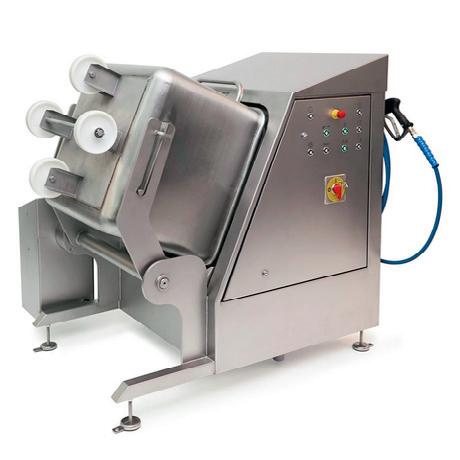
5 minute read
Using lubrication science to design low-fat chocolate
Remember the old proverb: “A moment on the lips, a lifetime on the hips”? Indulgent food such as chocolate can be irresistible for most of us but many are concerned about the impacts of the fat contained within them.
Now, new research could lead to the development of a new generation of luxury chocolate that has the same mouthfeel and texture but could be healthier on the hips.
The research team at the University of Leeds analysed each step of the physical process that takes place in the mouth when a piece of chocolate is eaten as it changes from a solid into a smooth emulsion.
During the moments it is in the mouth, the chocolate sensation arises from the way the chocolate is lubricated, either from ingredients in the chocolate itself or from saliva or a combination of the two.
Fat plays a key function almost immediately when a piece of chocolate is in contact with the tongue. After that, solid cocoa particles are released and they become important in terms of the tactile sensation, so fat deeper inside the chocolate plays a rather limited role and could be reduced without having an impact on the feel or sensation of chocolate.
Anwesha Sarkar, Professor of Colloids and Surfaces in the School of Food Science and Nutrition at Leeds, said: “Lubrication science gives mechanistic insights into how food actually feels in the mouth. You can use that knowledge to design food with better taste, texture or health benefits.
“If a chocolate has 5% fat or 50% fat, it will still form droplets in the mouth and that gives you the chocolate sensation. However, it is the location of the fat in the make-up of the chocolate which matters in each stage of lubrication, and that has been rarely researched.
“We are showing that the fat layer needs to be on the outer layer of the chocolate — this matters the most — followed by effective coating of the cocoa particles by fat — these help to make chocolate feel so good.”
The study — published in the scientific journal ACS Applied Materials and Interface — did not investigate the question of how chocolate tastes. Instead, the investigation focused on its feel and texture.
Tests were conducted using a luxury brand of dark chocolate on an artificial 3D tongue-like surface that was designed at the University of Leeds. The researchers used analytical techniques from a field of engineering called tribology to conduct the study, which included in-situ imaging.
Tribology is about how surfaces and fluids interact, the levels of friction between them and the role of lubrication: in this case, saliva or liquids from the chocolate. Those mechanisms are all happening in the mouth when chocolate is eaten.
When chocolate is in contact with the tongue, it releases a fatty film that coats the tongue and other surfaces in the mouth. It is this fatty film that makes the chocolate feel smooth throughout the entire time it is in the mouth.
Dr Siavash Soltanahmadi, from the School of Food Science and Nutrition at Leeds and the lead researcher in the study, said: “With the understanding of the physical mechanisms that happen as people eat chocolate, we believe that a next generation of chocolate can be developed that offers the feel and sensation of high-fat chocolate yet is a healthier choice.
“Our research opens the possibility that manufacturers can intelligently design dark chocolate to reduce the overall fat content.
“We believe dark chocolate can be produced in a gradientlayered architecture with fat covering the surface of chocolates and particles to offer the sought after self-indulging experience without adding too much fat inside the body of the chocolate.”
The researchers believe the physical techniques used in the study could be applied to the investigation of other foodstuffs that undergo a phase change, where a substance is transformed from a solid to a liquid, such as ice cream, margarine or cheese.
Reactor for material synthesis and R&D
Bestech Australia offers the complete range of kilolab reactors from PIGNAT ranging from 5 up to 50 L. The reactor range is designed for research laboratories or R&D centres as a scale-up tool in their development process.
The design of the reactor is flexible to meet the needs of users. Therefore, it can be tailored to suit different processes and mimic the real industrial environment as per requirement. The reactor can be easily installed in the laboratory and is robust, easy to run and easy to maintain.
Generally, the reactor can be used for the synthesis and hetero-azeotropic distillations. These reactors facilitate process development by their specific design and the different technology that is integrated in them. These are adaptable units designed to include glassware set-ups for batch reactions, distillation set-ups and chemical synthesis in kilo laboratories and pilot plant systems. Its glass construction allows it to display various physical phenomena. Furthermore, the mobile tanks facilitate portability and safe handling during the feeding and draining operations.
With its partner PIGNAT, Bestech Australia designed the unit to give as much flexibility to manage a dynamic process portfolio while fulfilling environmental, health and safety, product quality and business goals.
Bestech Australia Pty Ltd www.bestech.com.au
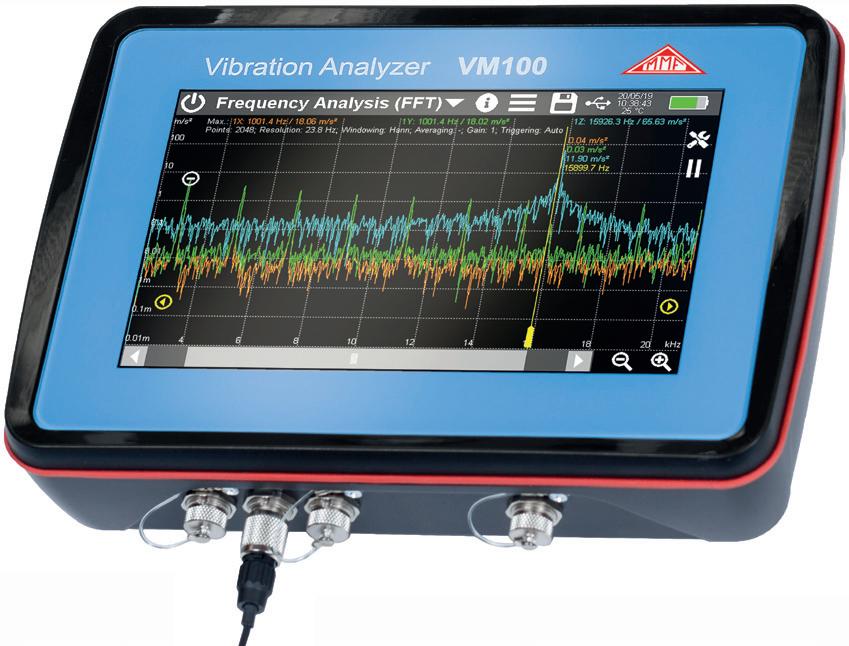
Trolley cleaning system
The KWR 200 L Eurobin trolley cleaning system from Walter Geratebau is designed to optimise the cleaning process of the Eurobin trolleys. The system features a standard push button operation and can rinse up to 30 trolleys per hour.
Benefits include: 30% reduction of the 200 L Eurobin trolleys in the production cycle; eliminating damage to the Eurobin and surrounds during manual cleaning; 2 min rinse cycle, 5 min cleaning cycle; frees up Eurobin storage space; and reduced risk of injury from manually turning over the Eurobins to wash.
Currently there are two versions of the cleaning system. Version A features a 90 s wash-only cycle. Version B features a 90 s wash and 340 s wash cycle.
CBS Foodtech www.cbsfoodtech.com.au
Non-cyclic refrigerated air dryers
ELGi Equipments has expanded its range of non-cyclic refrigerated air dryers with the inclusion of three-phase options on five of its medium-sized models which produce flow rates from 210 to 590 cfm (5.95 to 16.71 m3/min).
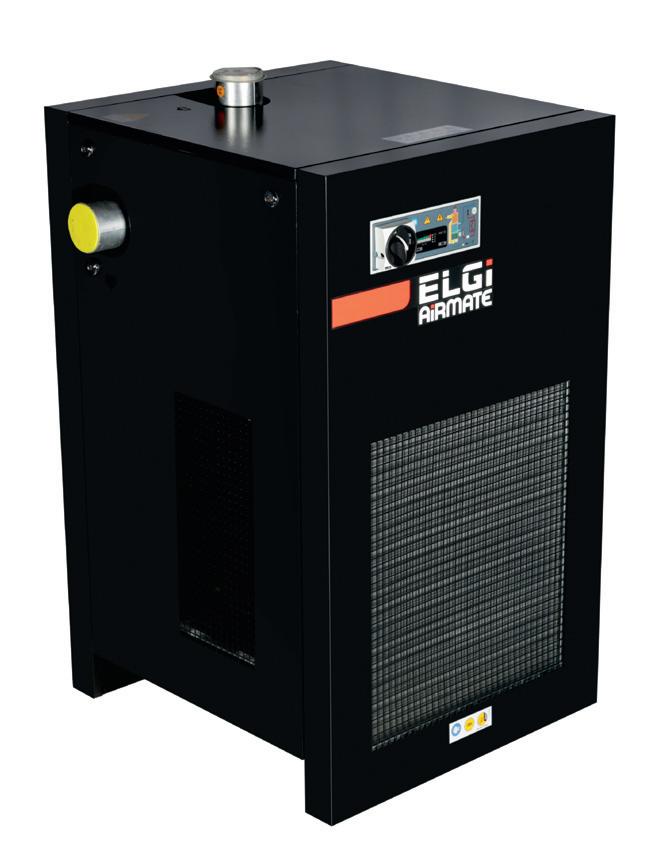
The product includes a controller which automatically reduces the fan speed or stops the fan depending on the condensing pressure and dryer temperature.
A rotary compressor is designed to ensure specific power consumption while the inclusion of a heat exchanger minimises the pressure drop and maximises thermal efficiency. The three-stage heat exchange system with cold storage allows the unit to cycle on and off as necessary. The heat exchanger is also able to operate in high ambient temperatures, suitable for Australian conditions.
The inclusion of a zero loss drain means that only condensate is drained with no air loss, which helps save energy.
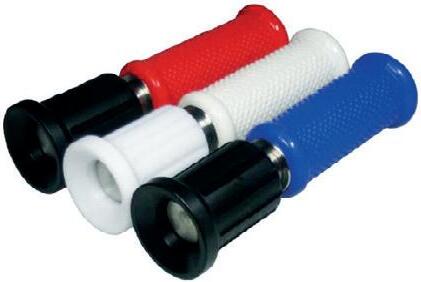
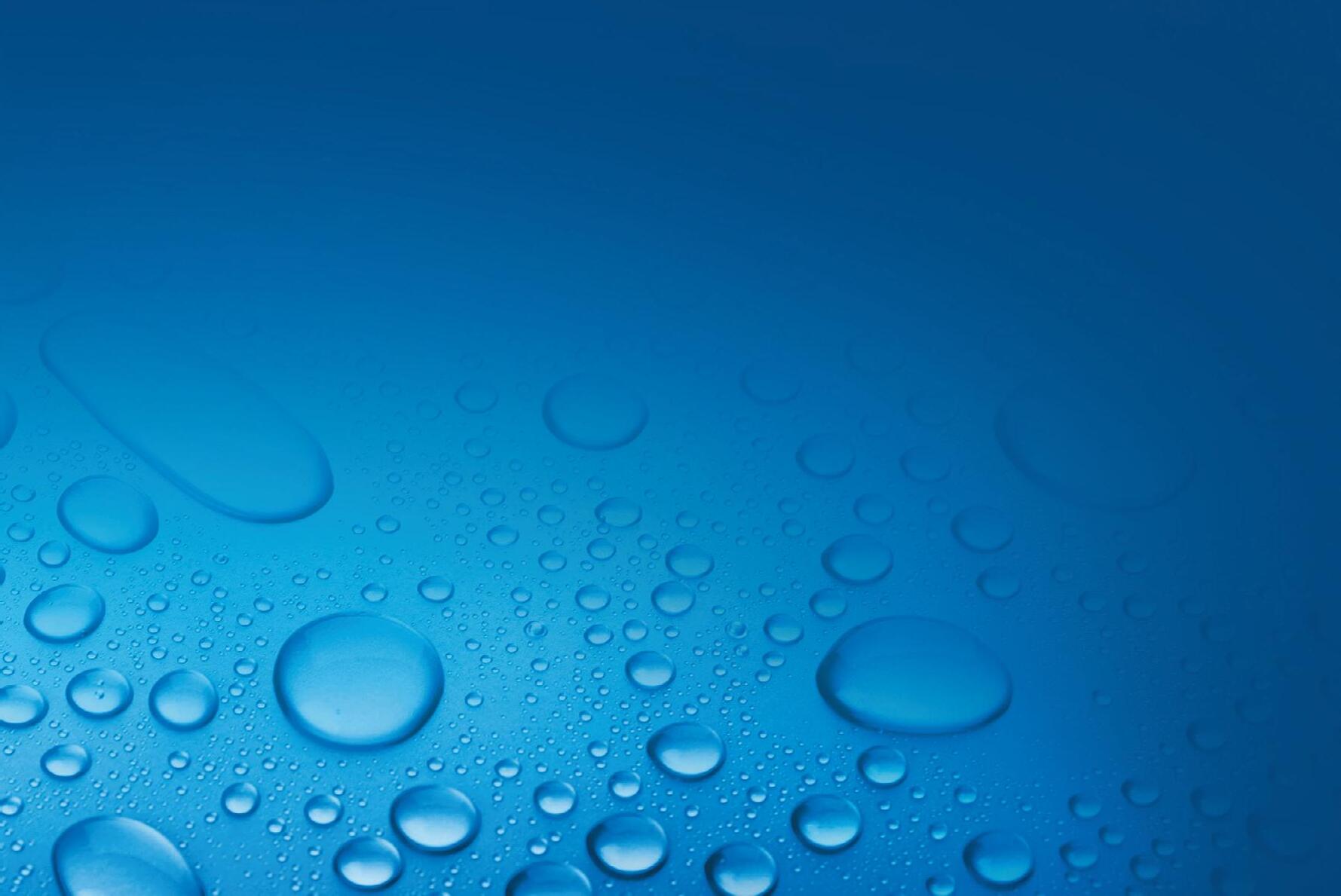
The dryers include a fixed speed, hermetically sealed and energy-efficient rotary compressor. They feature a suction separator muffler, an internal protector, a reverse-phase protector in the three-phase variants and a run capacitor which contribute to the overall high reliability of these compressors.
Additional design details include a hot gas bypass valve, which prevents the freezing phenomenon in the heat exchanger, the use of high quality copper capillary tube, level sensing drain, insulation of each and every pipe, a number of protection devices and failure prevention features on the controller.
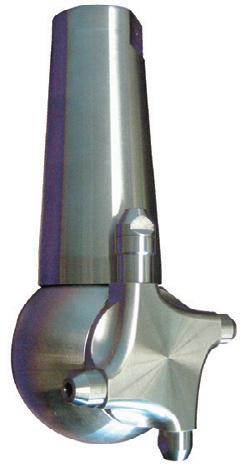
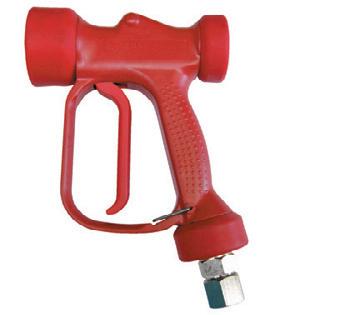
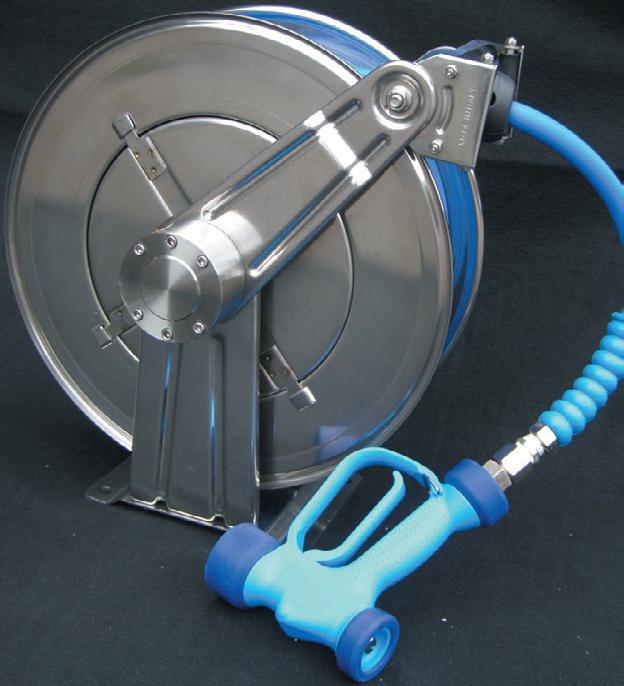
Meeting F-Gas regulations, the EGRD series use either the ozone-friendly R-134a or R-407c gas, both of which have zero ozone depletion potential (ODP).
The models contain removable access panels providing immediate access to all parts of the system for easy maintenance. All service alerts are also clearly displayed on the controller.
Elgi Equipments Ltd www.elgi.com.au










